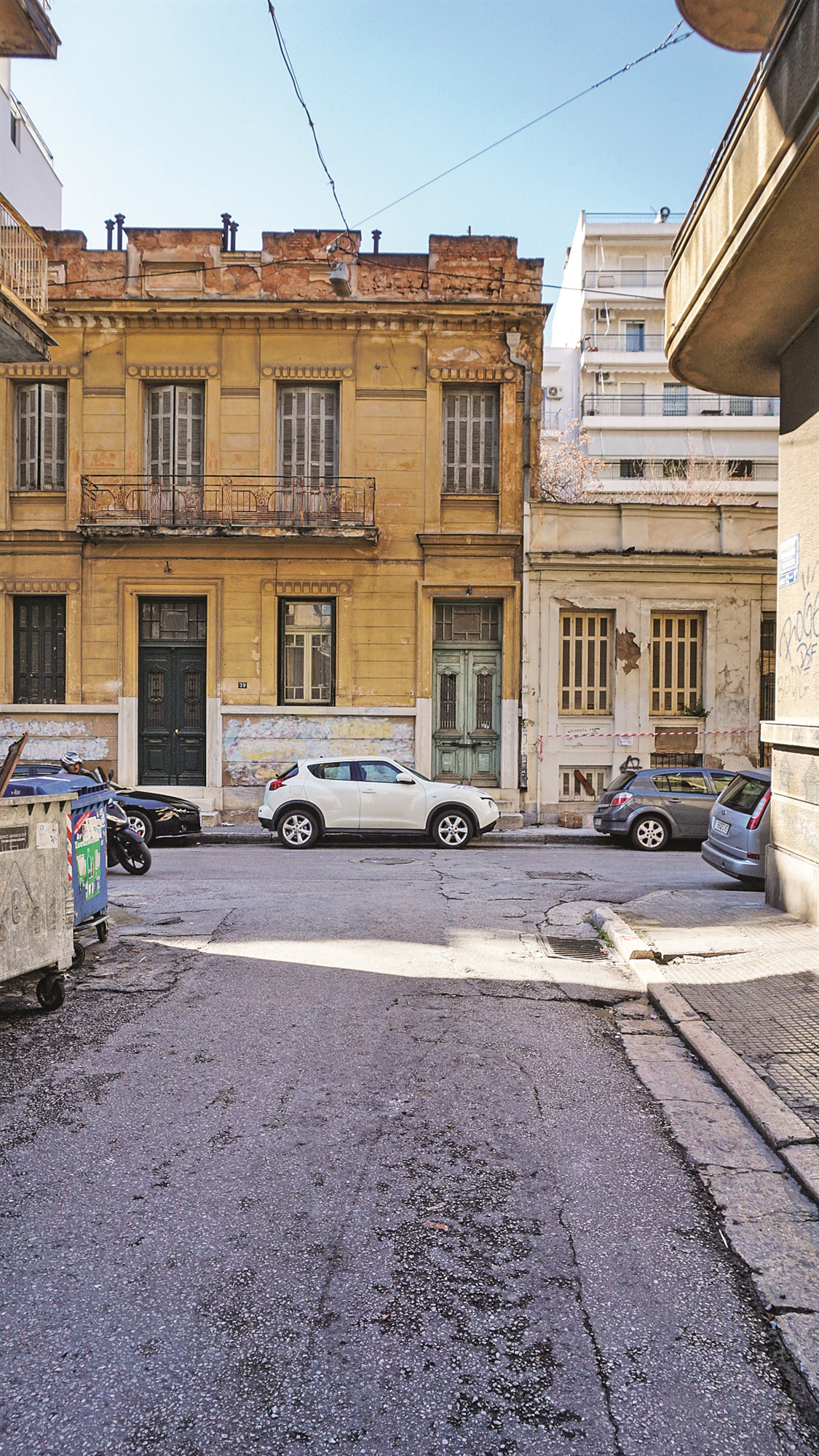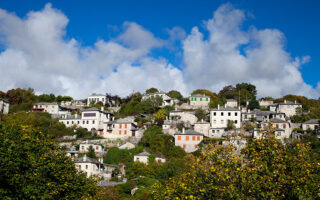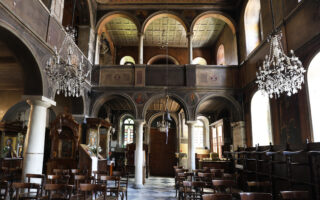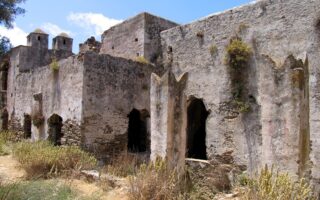Athens’ interwar imprint being swiftly erased
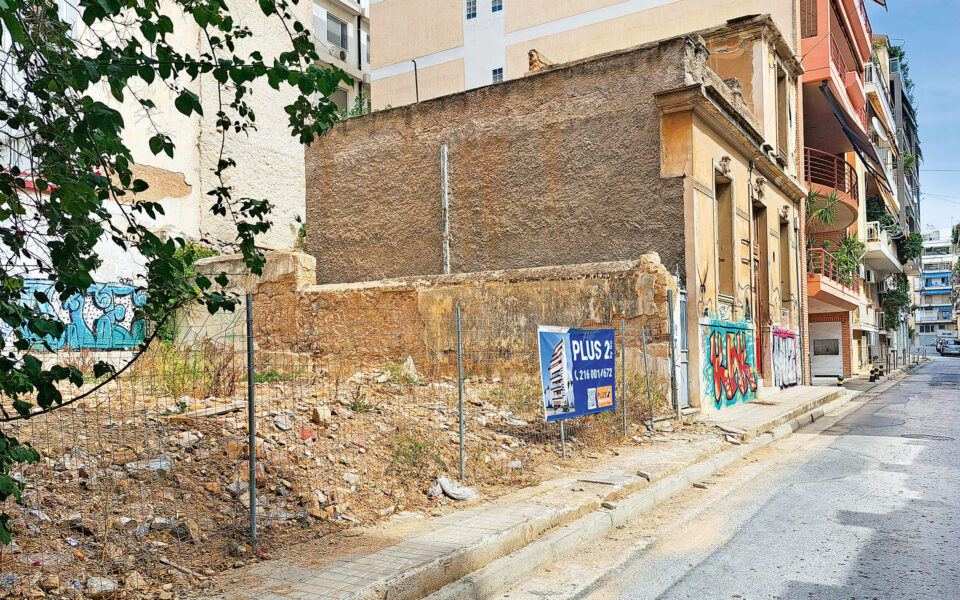
City history and architecture buffs are watching with mounting alarm as the last vestiges of an important piece of Athens’ identity are being snuffed out with the rapid demolition of old stand-alone buildings, and especially residences from the interwar period. New regulations allowing developers to build higher structures on smaller plots have stacked the cards against these often-charming remnants of a bygone era, altering the identity of many parts of the city center that had retained something of an old-world air.
The trend, which is spreading rapidly, also poses a threat to the quality of life in downtown Athens, as increasingly bigger buildings muscle out smaller ones and existing apartment blocks age.
Under current legislation, buildings that are 100 years old or more enjoy a certain degree of protection, which means that it is easier to get a demolition license for a structure that dates from 1924 (99 years old) than from 1922 (101 years old). The limit has increased the pace of demolitions, however, of those buildings that are about to come under the law’s protection.
The latest building code, meanwhile, permits the construction of apartment blocks of as many as 10 stories on small plots of land once occupied by one-, two- or three-story buildings.
In the neighborhood of Koukaki, the demolition of an eclectic residence on Agiou Nikolaou Street (to make way for a seven-story apartment building) bespoiled a rare stretch of architectural harmony. It is but one of many cases all over the city, where the owners of older buildings have no incentives to hang onto their property. Quite the opposite is the case, in fact, as profiteering on land balloons.
The nongovernmental organization Monumenta, an active proponent in the registration and protection of Athens building stock, has been sounding the alarm over the city’s interwar architectural legacy for some time now, noting that these buildings are not just an intrinsic part of its history, but are often also fine examples of late classicism, eclecticism, various transitional trends and early modernism. It is an important chapter of our urban history that has never been properly appreciated by the relevant authorities.
The Hellenic Society for the Environment and Cultural Heritage (ELLET) recently issued an announcement concerning two at-risk interwar buildings on the small street of Kallinikou, at number 1 and 3, near Koliatsou Square, once a genteel neighborhood off Patission Street. Both these buildings are particularly lovely, but what makes them even more important is that they are in an area that still retains the feel of the 1915-1939 period.
ELLET notes that the two houses are at risk if the Central Architectural Council (KESA) does not list them as worthy of protection and issue a decision banning their demolition. The NGO also presents some interesting data, saying that in the three-year period from 2020, 380 demolition licenses have been issued, mainly for one-, two- and three-story buildings dating to the interwar period.
ELLET has called on KESA to rule in favor of preserving the two buildings on Kallinikou and to review any previous decisions allowing similar structures to be demolished. It has also petitioned the Environment Ministry to review the destructive Article 10 of the construction code allowing higher buildings in the city center.
From the City of Athens, meanwhile, it is asking for interventions on land use regulations and construction limits, as well as measures to address the matter of abandoned historical buildings in the Greek capital.
